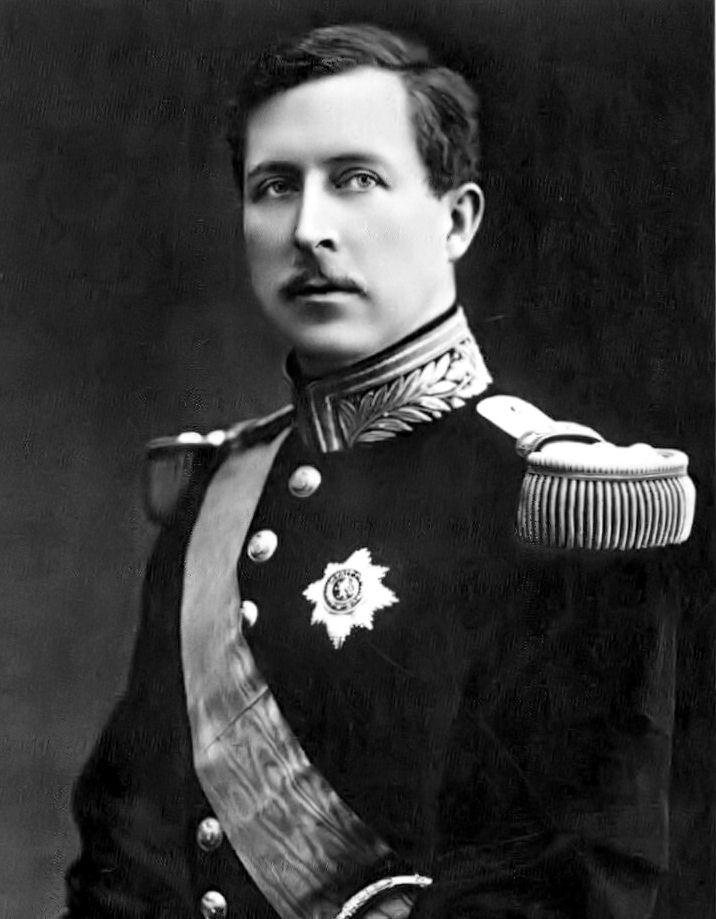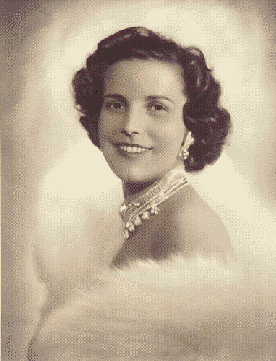by Scott Mehl © Unofficial Royalty 2015

Albert I, King of the Belgians: Credit – Wikipedia
King Albert I of Belgians was the third Belgian monarch, a grandson of King Leopold I of the Belgians (born Prince Leopold of Saxe-Coburg and Saalfeld). He was born Prince Albert Léopold Clément Marie Meinrad of Belgium on April 8, 1875, at the Palais de la Régence in Brussels, Belgium. Albert was the second son, and fifth child, of Prince Philippe, Count of Flanders (the third son of King Leopold I), and Princess Marie of Hohenzollern-Sigmaringen. At the time of his birth, his father’s brother was reigning as King Leopold II of the Belgians. As Leopold II’s only son had died, Albert’s father was the heir-presumptive, followed by Albert’s older brother Baudouin, and then Albert. At the age of 16, he became second in line, following the death of his brother.
Albert was raised and educated with the expectation that he would one day become King. He attended the Belgian Royal Military Academy and served with the Belgian forces. He served in the Belgian Senate from 1893 until his accession (a position accorded to all children of the sovereign) and represented his uncle throughout Europe and abroad. It was on such a trip that he met his future wife.

Engagement photo of Albert and Elisabeth. photo: Wikipedia
In 1897, Albert met Duchess Elisabeth in Bavaria, daughter of Karl-Theodor, Duke in Bavaria, and his wife Infanta Maria Josepha of Portugal, while attending the funeral of the Duchess of Alençon in Paris. The Duchess of Alençon was born Duchess Sophie Charlotte in Bavaria and was Elisabeth’s aunt. Several months later, having become quite smitten, Albert proposed to Elisabeth, reportedly by asking her, “Do you think you could stand the air in Belgium?” She quickly accepted, and the couple was married on October 2, 1900, in Munich, Kingdom of Bavaria, now in the German state of Bavaria. Following a honeymoon in Italy, they settled in Brussels. They had three children:
- Leopold III, King of the Belgians (1901-1983), married (1) Princess Astrid of Sweden, had three children (2) Lilian Baels, had three children
- Prince Charles, Count of Flanders, Prince Regent (1903-1983), unmarried
- Princess Marie-José, Queen of Italy (1906-2001), married King Umberto II of Italy, had four children
In early 1909, Albert took an extensive tour of the Belgian Congo, annexed by Belgium the previous year. Finding the conditions horrendous, he returned to Belgium and began proposing reforms to protect the land and its people, as well as developing means of technological progress. This would become a cause that Albert promoted for the remainder of his life. Later that year, on December 17, 1909, King Leopold II died. Albert, who had become heir-presumptive upon his father’s death in 1905, succeeded his uncle as King Albert I of the Belgians.
When Germany invaded Belgium, which was guaranteed neutrality under the terms of the Treaty of London 1839), King Albert took command of his troops as directed by the Belgian constitution. He held off the German forces long enough for the British and French to prepare for the Battle of the Marne. For the next four years, Albert fought on the front lines with his troops, refusing to follow his government into exile in France. During this time, his wife worked as a nurse, and his elder son Leopold, who enlisted at the age of 14, fought on the front lines with the Belgian army. Albert also tried to work secretly for a negotiated peace between Germany and the Entente (the Russians, French, and British). Finally, at the end of the war, King Albert and his wife and family returned triumphantly to Brussels. Thus began the King’s efforts to rebuild the Belgian kingdom. In sweeping reforms, King Albert announced plans to introduce universal suffrage, equality of the two national languages, and recognition of trade union freedoms. Accompanied by his wife and elder son, he made an official visit to the United States in 1919. He also continued his efforts in the Belgian Congo, and in 1925 established Africa’s first national park Albert National Park, now called Virunga National Park. In 1928, he established the National Fund for Scientific Research to encourage industrial development in Belgium.

King Albert I mountain climbing; Credit – Wikipedia
In addition to being a lifelong conservationist, King Albert was also an avid mountain climber. Sadly, this would bring about his early death. On February 17, 1934, while climbing alone on the Roche de Vieux Bon Dieu at Marche-les-Dames, in the Ardennes region of Belgium, King Albert I fell to his death. He was just 58 years old. His tragic death brought about great mourning in Belgium and around the world. Following a few days of lying in state at the Royal Palace in Brussels, a state funeral was held at the Cathedral of St. Michael and St. Gudula in Brussels, Belgium, on February 22, 1934. After the funeral, the king’s remains were interred in the Royal Crypt at the Cathedral of Our Lady of Laeken in Brussels, Belgium. King Albert I was succeeded by his eldest son King Leopold III.

Tomb of King Albert I and Queen Elisabeth. photo: Wikipedia
This article is the intellectual property of Unofficial Royalty and is NOT TO BE COPIED, EDITED, OR POSTED IN ANY FORM ON ANOTHER WEBSITE under any circumstances. It is permissible to use a link that directs to Unofficial Royalty.
Kingdom of Belgium Resources at Unofficial Royalty














